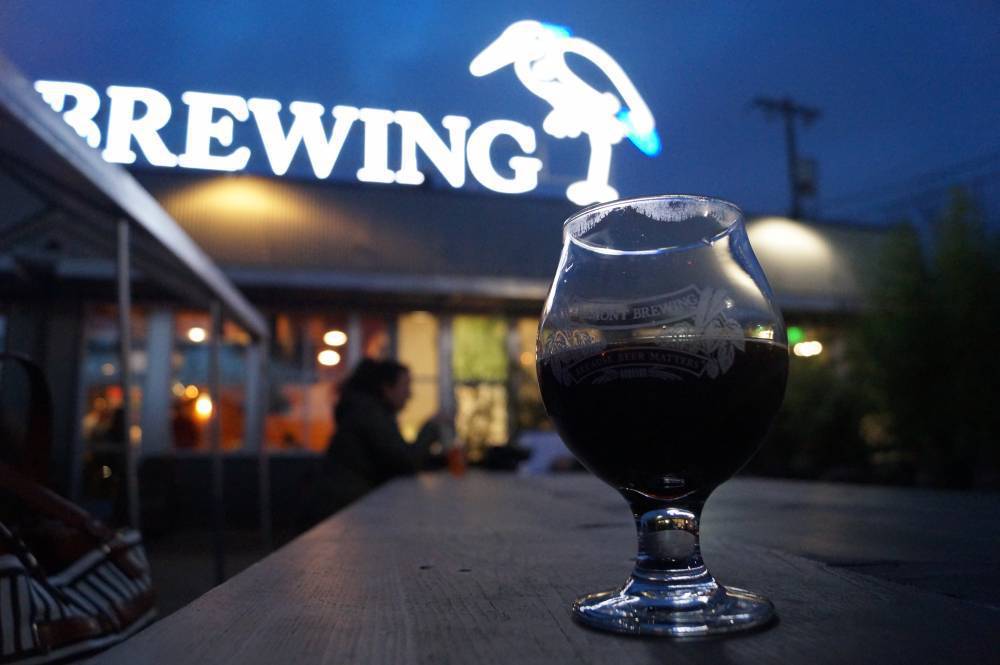The Health Benefits of Drinking Matcha Tea
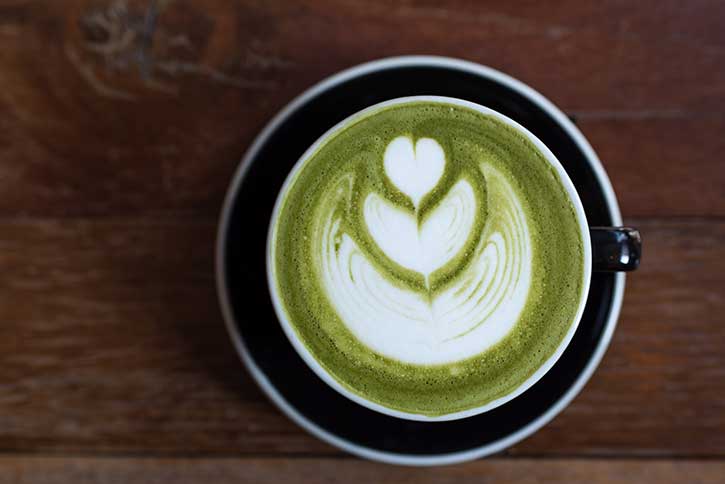
Matcha tea is a superfood, meaning it’s high in nutrients and provides multiple health benefits. As a staple in Japanese culture, this bright green drink dates back hundreds of years. Today, matcha tea and iced matcha lattes can be found in local coffee shops, matcha ice cream can be purchased at the grocery store and the finely ground powder can be added to a number of desserts, dishes and beverages. Here are just some of the health benefits that make matcha tea so popular. Continue reading…

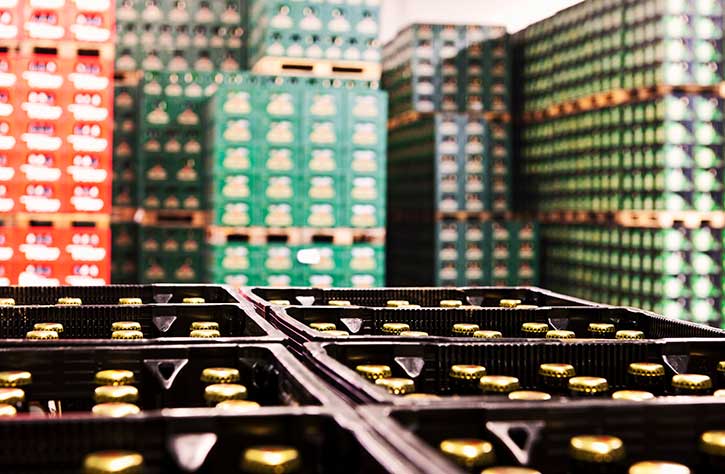


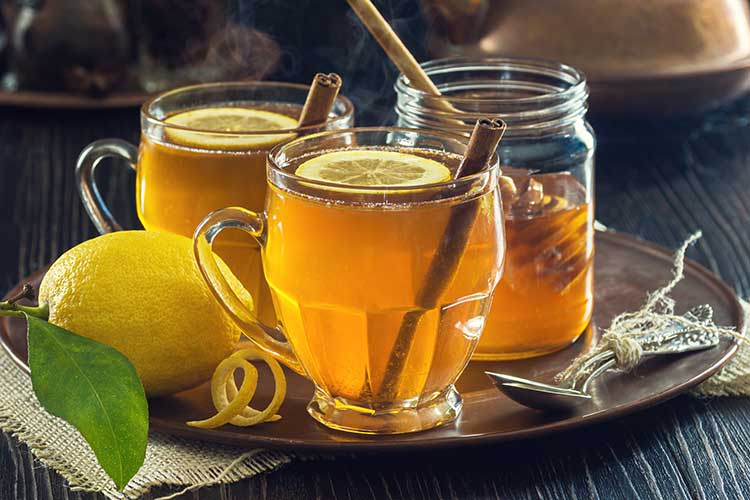
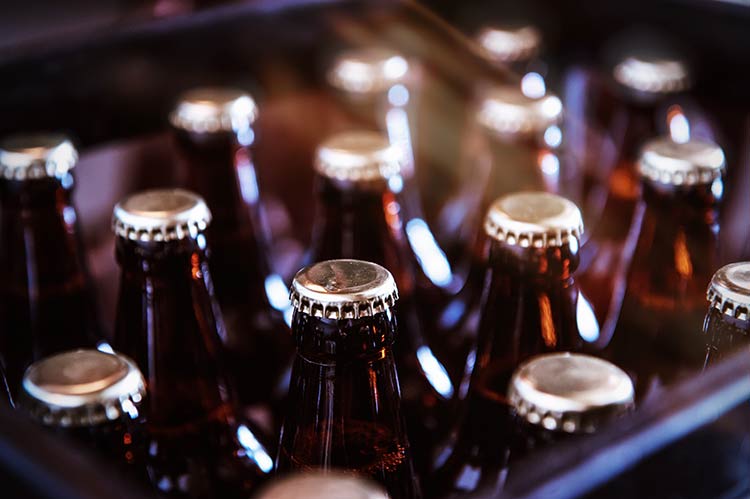
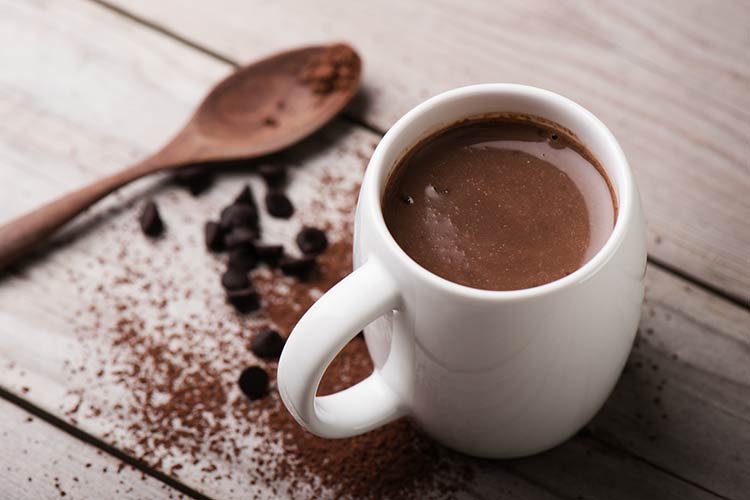 When it comes to spiked hot chocolate, recipes with liquor may come to mind. However, did you know that you can make a delicious cup of alcohol-infused hot chocolate using beer? While stouts work best in the following recipes, thanks to their roasted malt flavor profiles that taste of coffee or dark chocolate, you can experiment with other types of dark beer as well. Here are three delectable ways to serve up decadent hot chocolates that blend your love of beer with this timeless cold-weather beverage.
When it comes to spiked hot chocolate, recipes with liquor may come to mind. However, did you know that you can make a delicious cup of alcohol-infused hot chocolate using beer? While stouts work best in the following recipes, thanks to their roasted malt flavor profiles that taste of coffee or dark chocolate, you can experiment with other types of dark beer as well. Here are three delectable ways to serve up decadent hot chocolates that blend your love of beer with this timeless cold-weather beverage. 